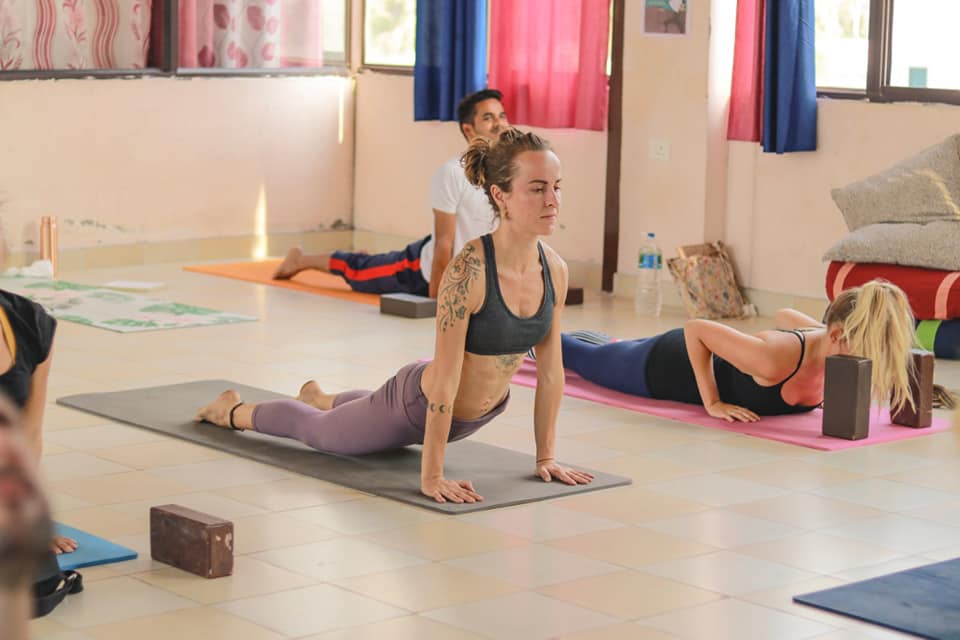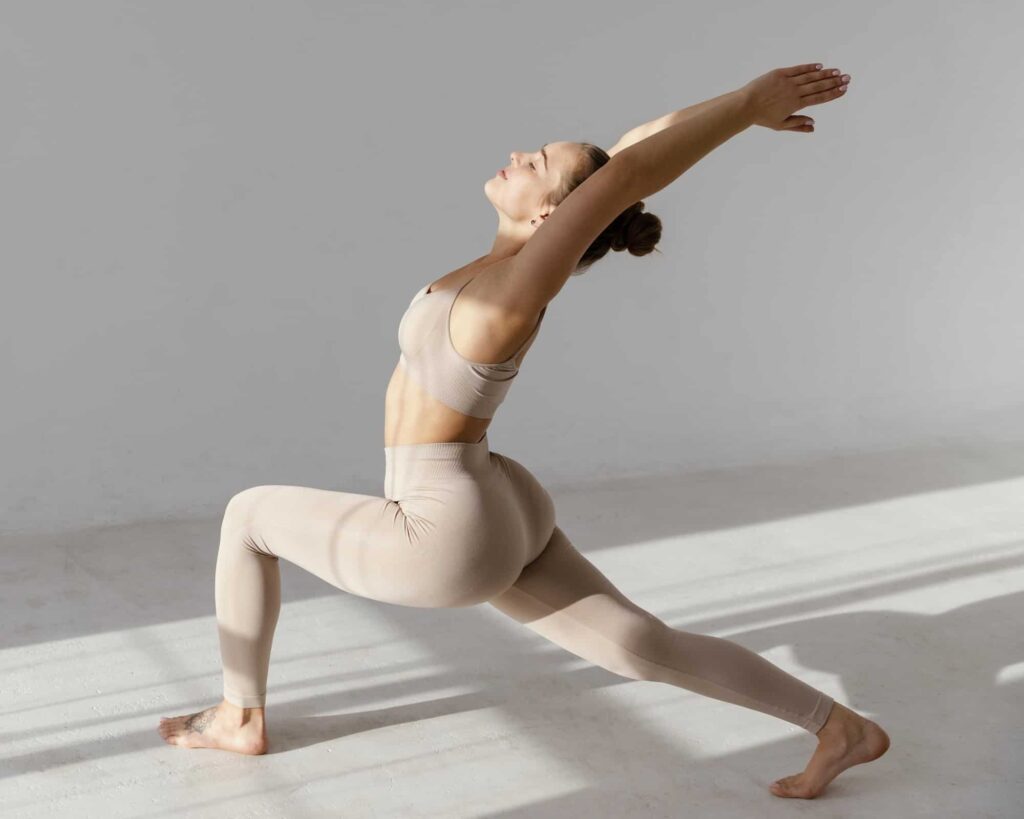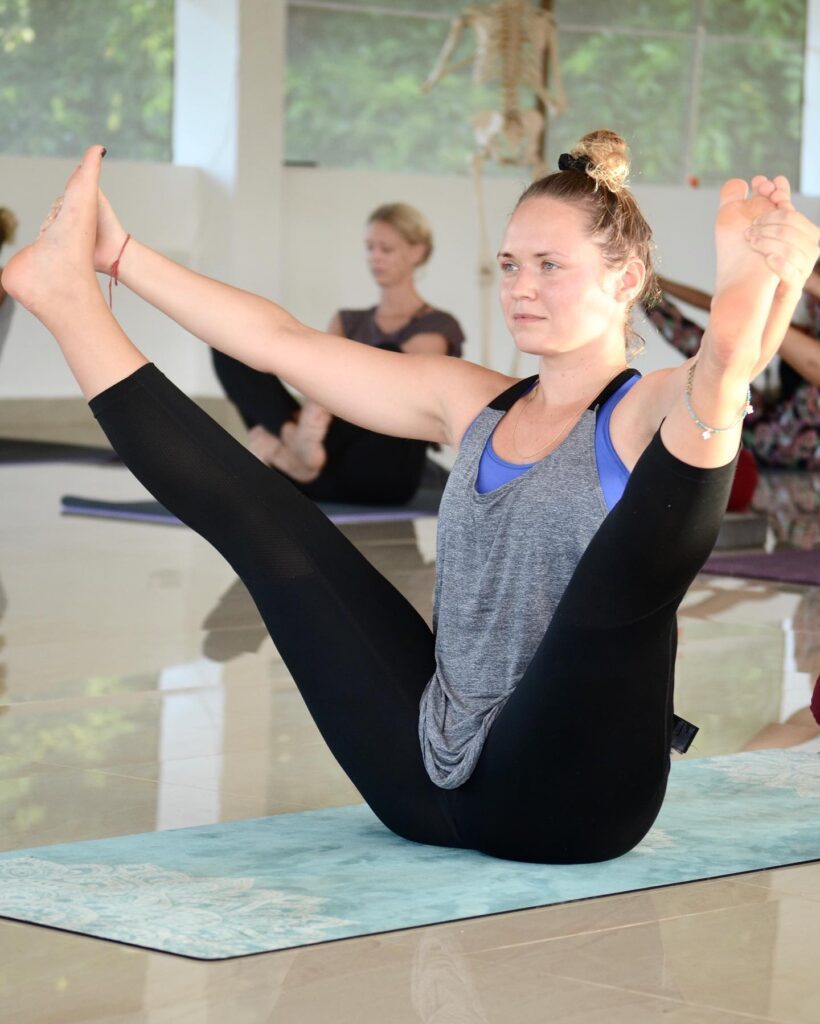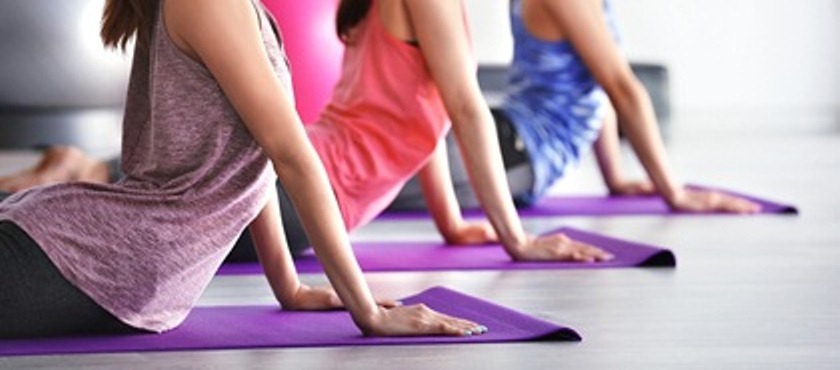Vinyasa Yoga Asanas You Must Know About

Any beginner or professional level yoga learner has to master in the vinyasa yoga because it’s one of the most popular contemporary styles of yoga today. It also helps in your personal and professional career. A yoga teacher training in Rishikesh India takes exceptional care of it, as learning yoga means incomplete if you do not know proper body positioning and breathing technique. Vinyasa yoga learning gives the correct direction to your training course.
A vinyasa yoga teaching comprises various asanas, postures, and body alignment. Each flow yoga class string poses to form a sequence. Expect to move, sometimes vigorously, from pose to pose, or in every alignment, depending on the type of teaching you have trained. Many of us fail to arrange the progression of postures in their ways.
Read More: Yoga Teacher Training in Rishikesh
Vinyasa Yoga Asanas – One Need to Know
There are nine basic yoga asanas, which form the basis of vinyasa yoga teaching. Learning about the different postures can help in improvisation in your teaching procedure. Let’s add some light to the essential yoga asana names here –
Sun Salutations (Surya Namaskar)
The Sun-Salutation or Surya Namaskar is a sequence of various yoga postures. Surya Namaskar performed in almost every type of yoga teaching, and vinyasa is no exception. Think of sun salutation as they learn yoga code for the different forms of yoga, whether Ashtanga yoga, Iyengar yoga, or the vinyasa yoga form. If you learn the sequence correctly, it will help the teacher to start the warm-up procedure or form other yoga postures from it. Learn to synchronize your breath with every movement. As it will help you reap maximum benefit from every position you practice in vinyasa yoga.
Cat-Cow Stretch or Pose (Bidalasana)
The Cat and Cow stretching are two different forms of yoga posture. However, both of these yoga postures are practiced together in the vinyasa yoga form. To do this pose, get your hand and legs in a tabletop posture first. Keep your palms beneath your shoulders and knees directly beneath the hip. With the top of your feet faces down behind the mat, you can perform the posture.
Read More: 200 Hour Yoga Teacher Training in Rishikesh
To begin with, the pose, first, take a deep inhalation. Look up and make your body in an arch position, extending your entire spine and tailbone to do Cat stretching. On your exhale, relax your shoulders and arch your back into a Cow pose. Tuck your tailbone in and turn your gaze towards the navel. Repeat the Cat-Cow stretching for multiple breathes; it will prepare your body for the next posture.
Downward Facing Dog Pose (Adho Mukha Svanasana)
The Downward Facing Dog Pose is a modern yoga practice, often practiced in vinyasa flow sequence for improvement of postural alignment in the body. This yoga asana is the most widely recognized yoga poses for the full-stretching of the body. The pose deeply stretched your hamstrings, shoulders calves, arches, hands, and spine. It is a mild inversion of the body since the heart is higher than the head in this pose. It is named after the way dogs naturally stretch their bodies. Downward facing dog posture counted among the best sun salutation program, and it can help in the transition from one posture to another. Best of all, this yoga asana helps in improving digestion, relieve back pain, calms the nervous system, reduces physical and mental stress.
Cobra pose (Bhuhjangasana)
The cobra pose is a stretching and back bending asana, which is performed commonly in a cycle of Surya Namaskar as an alternative to Urdhva Mukha Svanasana. It referred to as cobra posture, as it reflects the posture of a serpent that has its hood raised. To do cobra pose, you need to lay down on the mat with your stomach, hands near the chest, legs kept parallel and face in the downward direction. Inhale and take your head up to bend the spinal cord in the form of an arc. Hold the breathing for 10 to 20 seconds. Come back to the sleeping posture while exhaling. Repeat the posture for 5 breathings. You can feel the stretch on your back. This posture is best for relieving back pain.
Upward Facing Dog Pose (Urdhva Mukha Svanasana)
The upward-facing dog posture is next to the cobra posture. All the posture, body alignment, and formations are almost similar, just one difference. In the cobra position, your legs, pelvis, and lower rib area are grounded with just your elbows bent to form an arch in the backbone. The upward-facing dog pose keeps the legs and pelvis off the floor. The hand is kept straight, where your wrist and arms absorb most of the force. Both of them are back bending posture with a slight difference.
Read More: 300 Hour Yoga Teacher Training in Rishikesh
Kumbhakasana (Plank Pose)
The plank pose is mostly not unknown; it is one of the best yoga postures to strengthen abdominal muscles, including the rectus Abdominus, Transverse Abdominus, internal and external obliques. It also burns extra fat around the stomach area. They work on your entire body, such as it also tone your arm muscles, shoulders, back, buttocks, thighs, and abs. For this position, you need to come in a push-up position on the mat. Inhale when you are on a high push-up position with your hands and your shoulders and feet hip-distance apart. Exhale and come down to the rest posture. Doing this posture every day burns more calories than any traditional physical activity.
Side Plank Pose (Vasisthasana)
The side plank pose is considered one of the most difficult vinyasa yoga poses. It engages the thigh muscles and the glutes to strengthen the arms and bring more balance in every posture you practice. You need to hold your body up on arm and leg muscles. The entire weight of your body balancing depends on the arm and leg muscles. There are few things you need to know to understand correctly, keep your hip and body in line while maintaining the right-back posture with one arm reaching towards the ceiling.
Standing Forward Bend (Uttanasana)
The standing forward bend (Uttanasana) is a standing Vinyasa yoga pose. This pose needs a proper inhale and exhale procedure. On your inhale, raise your arms overhead without lifting the sole. On your exhale, bend your body to the forward direction keeping your legs straight and your hands reaching the floor. Repeat the Uttanasana for 10-15 minutes every day.
Read More: 500 Hour Yoga Teacher Training in Rishikesh
Child Pose ( Balasana)
The child’s resting pose is a simple and easy pose to practice. It is a resting pose that can get sequenced between more challenging yoga asanas. Benefits of child posture are abundant; it can help you stretch the back, thighs, hip, and arms while reducing stress and fatigues. For practicing the child’s posture correctly, you need to sit on your heels, center your breath and bend forward on your exhalation. Stretch your arms facing towards the mat. Slow down your breath and feel the tension in your body. Hold up to this posture for a minute or longer. Get up and sit on your heels to feel relaxed.
Vinyasa yoga consists of other yoga asanas, too; they are as follows Tadasana, Uttana Shishosana, Trikonasana, Vrksasana, Setu bandha Sarvangasana, and more. There is no sequence for a set for practicing these asanas so that you can change the poses in every yoga session. All yoga postures are in flow and dynamic. Sync your breath with every vinyasa yoga asana you practice.


